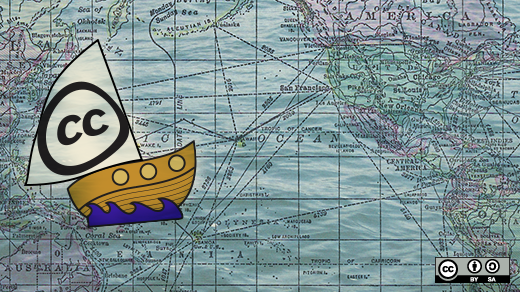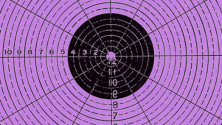A recent court case illustrates the importance of reading and understanding technical terms used in copyright licenses. In Drauglis v. Kappa Map Group, LLC, 2015 WL 4932305 (D.D.C. Aug. 8, 2015), the plaintiff, Art Drauglis, posted a picture from a photo sharing site under the Creative Commons CC BY-SA- 2.0 license. The plaintiff asserted that the defendant, Kappa Map Group, LLC when using the picture in their commercial product, did not comply with the terms of the CC BY-SA 2.0 license in failing to provide a link to the license text.
By way of background, when you distribute a work under the CC BY-SA 2.0 license, one must also include i) a copy of the CC BY-SA 2.0 license or ii) the Uniform Resource Identifier (URI) for the license. Considering that the CC BY-SA 2.0 license is quite lengthy, many users may opt to provide a URI instead. But what is a URI?
Many people understand the term (URL), or Uniform Resource Locator (e.g., www.opensource.com). As described in the case, a URL resembles a person's street address. Less known is the term Uniform Resource Name (URN) which functions like a person's name. The URL and URN are both subclasses of a URI.
In this case, the defendant used the name of the license, "CC BY-SA 2.0" but did not include the license's URL. The court held in favor of the defendant since the name of the license, "CC BY-SA 2.0" is the license's URN, which is a subclass of the URI required by the license.
This case teaches the importance of carefully understanding the meaning of the specific technical terms of a copyright license, including open source licenses. For example, if the CC BY-SA 2.0 license instead required a URL to be used instead of a URI, the result may not have been in favor of the defendant since the text, "CC BY-SA 2.0" is a URN and not a URL.
In summary, it is often easy to gloss over some of the specific technical terminology used in copyright licenses (e.g., Uniform Resource Identifier). However, doing so may cause one to overlook critical terms for proper license compliance.







3 Comments